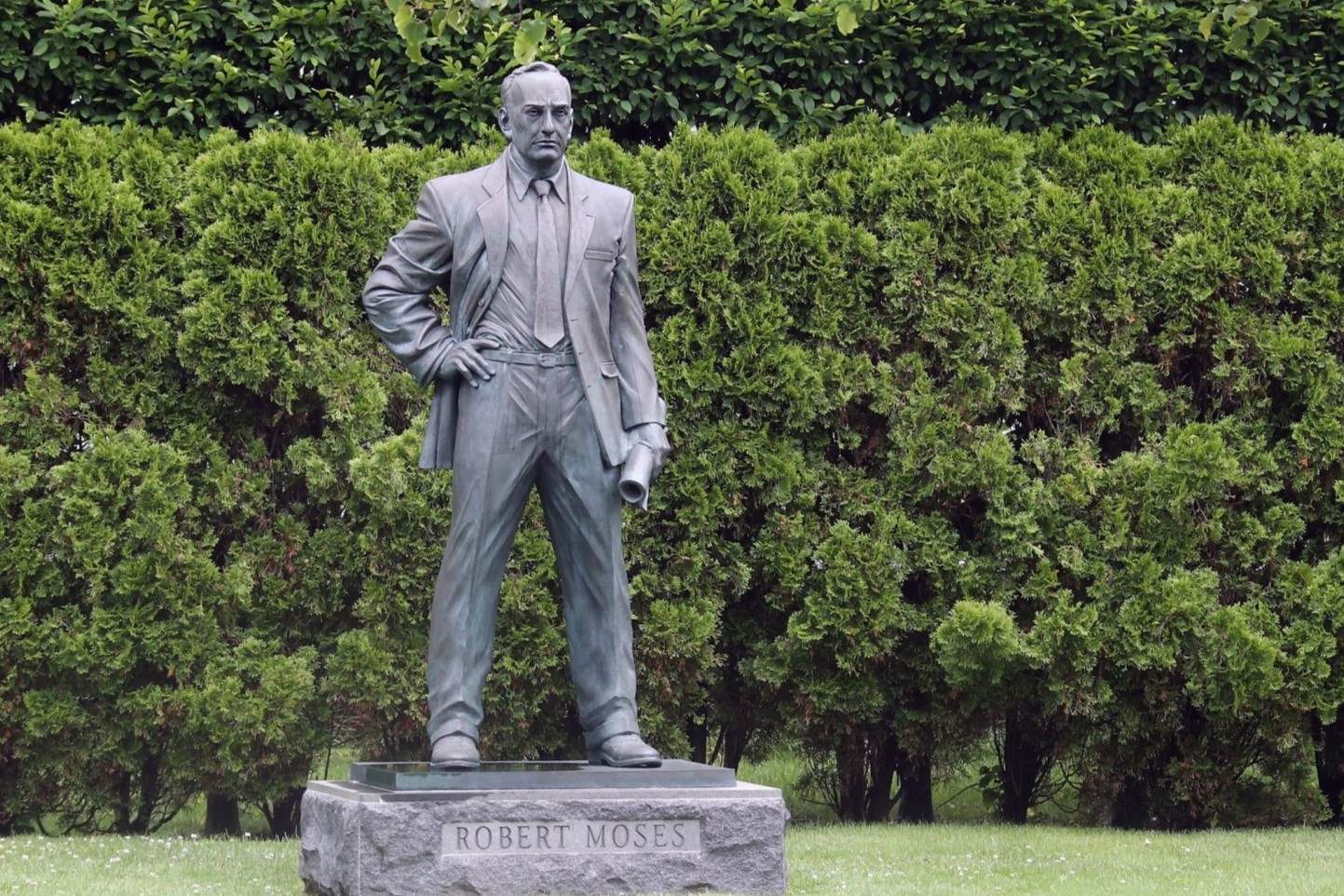Hidden Tales Of New York’s Robert Moses

Robert Moses is a name that echoes through the streets, parks, and bridges of New York City. Known as the "Master Builder," Moses shaped the city in ways few others have. But who was this man, and how did he leave such a lasting mark? Born in 1888, Moses became one of the most powerful figures in urban planning during the 20th century. His vision transformed New York with projects like the Triborough Bridge, Jones Beach, and the Cross Bronx Expressway. Yet, his legacy is not without controversy. Critics argue that his focus on highways over public transit and disregard for certain communities led to significant social and economic impacts. Understanding Moses' influence helps us see how cities grow and change. His story is a mix of ambition, innovation, and conflict, making him a fascinating figure in the history of urban development.
Discovering the Legacy of Robert Moses
Robert Moses, a name synonymous with urban development, left an indelible mark on New York City. His influence is seen in the city's bridges, parks, and highways. Let's uncover some hidden gems associated with his legacy.
Bridges Built by Robert Moses
Moses was instrumental in constructing several iconic bridges that connect the city's boroughs. These structures not only facilitate transportation but also offer breathtaking views of the cityscape.
Triborough Bridge
This massive structure links Manhattan, Queens, and the Bronx. It's a testament to Moses' vision of connecting the city's diverse neighborhoods.Verrazzano-Narrows Bridge
Spanning the entrance to New York Harbor, this bridge connects Staten Island and Brooklyn. It's one of the longest suspension bridges in the world.
Parks and Recreational Spaces
Moses believed in creating green spaces for city dwellers. His efforts led to the development of numerous parks that provide a respite from urban life.
Jones Beach State Park
Located on Long Island, this park is a popular destination for beachgoers. Moses designed it to offer recreational opportunities for all New Yorkers.Flushing Meadows-Corona Park
Known for hosting two World's Fairs, this park in Queens features the iconic Unisphere and offers a variety of activities.
Highways and Expressways
Moses' vision extended to the creation of highways that would ease traffic congestion and connect the city to its suburbs.
Long Island Expressway
Often referred to as the "LIE," this highway stretches from Queens to Riverhead, facilitating travel across Long Island.Cross Bronx Expressway
This major thoroughfare cuts through the Bronx, connecting the George Washington Bridge to the New England Thruway.
Cultural and Historical Sites
Beyond infrastructure, Moses' influence can be seen in cultural and historical sites that enrich the city's heritage.
Lincoln Center for the Performing Arts
Moses played a role in the development of this cultural hub, which hosts world-class performances in music, dance, and theater.New York World's Fair Grounds
The site of two World's Fairs, these grounds in Queens showcase Moses' vision of a futuristic city.
Lesser-Known Contributions
While many of Moses' projects are well-known, some of his contributions remain lesser-known yet equally significant.
Robert Moses State Park
Situated on Fire Island, this park offers stunning ocean views and is a testament to Moses' commitment to public recreation.Astoria Park
Nestled along the East River in Queens, this park features one of the city's largest swimming pools, a project championed by Moses.
Reflecting on Robert Moses' Legacy
Robert Moses left a lasting mark on New York City. His vision shaped the city's infrastructure, from highways to parks. While his projects brought modernization, they also sparked controversy. Many communities were displaced, and critics argue his focus on cars over public transit created long-term issues. Yet, his work undeniably transformed the urban landscape, making it more accessible and functional for millions.
Understanding Moses' impact helps us appreciate the complexity of urban planning. His story is a reminder of the balance needed between progress and community needs. As cities grow, lessons from his era remain relevant. By learning from both his achievements and mistakes, future planners can create cities that serve everyone better. Moses' legacy is a mix of triumphs and challenges, offering valuable insights into the art of city-building.

